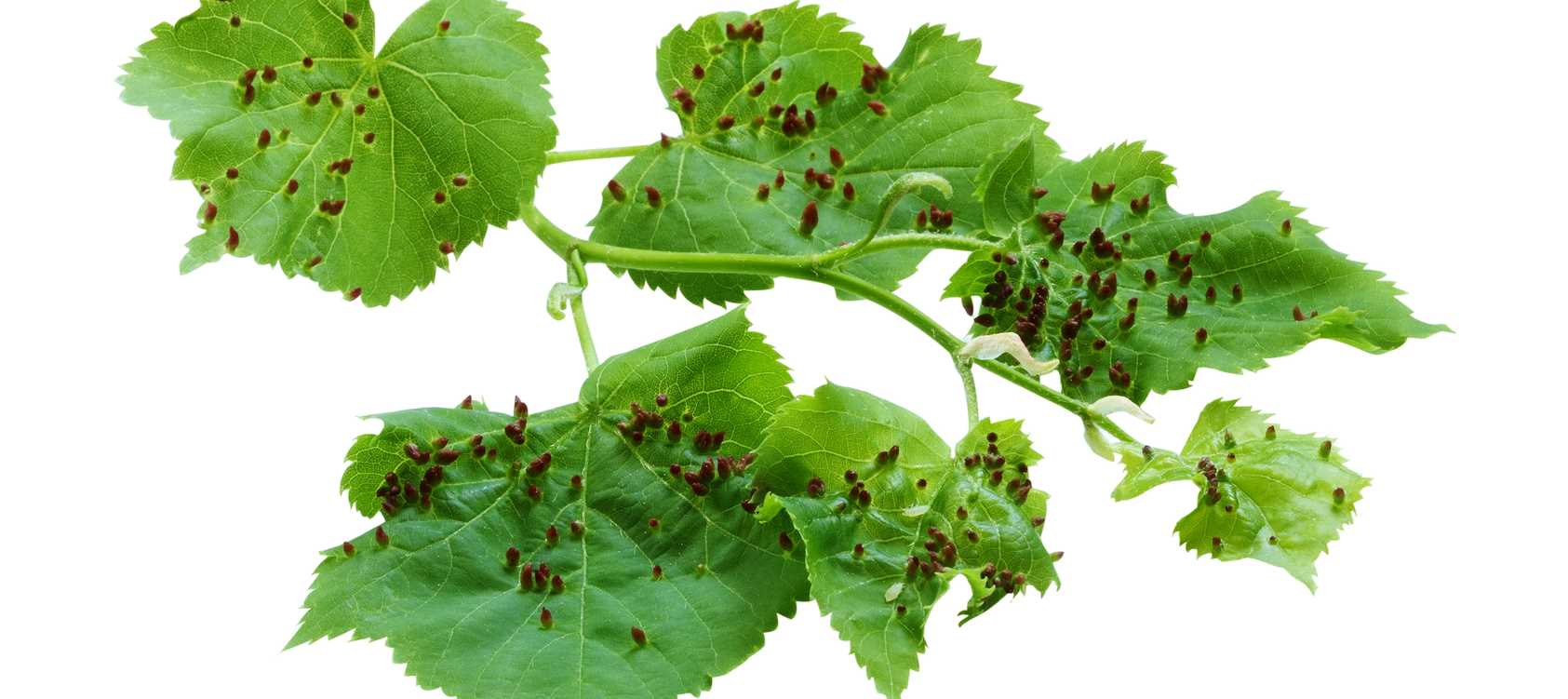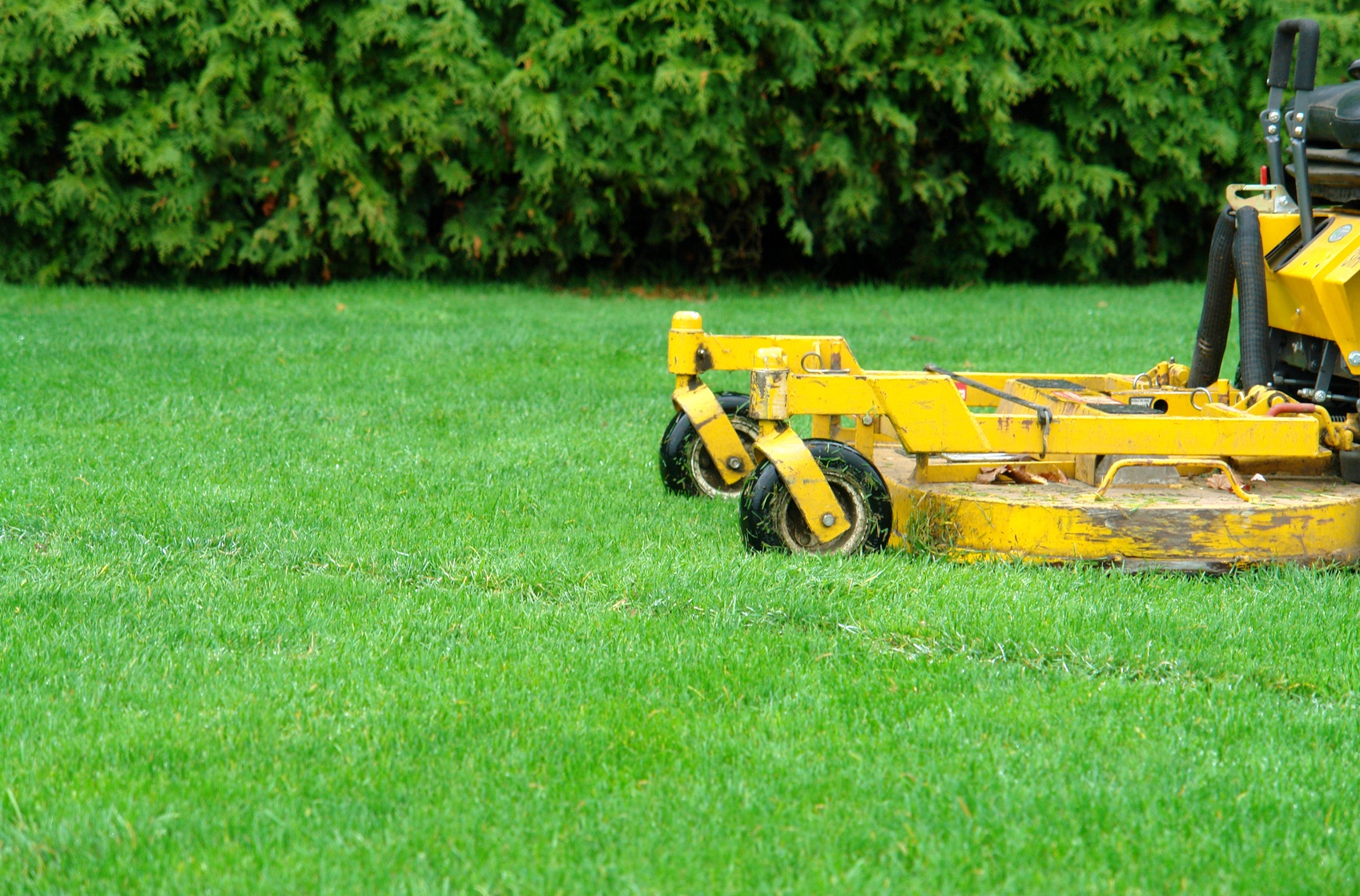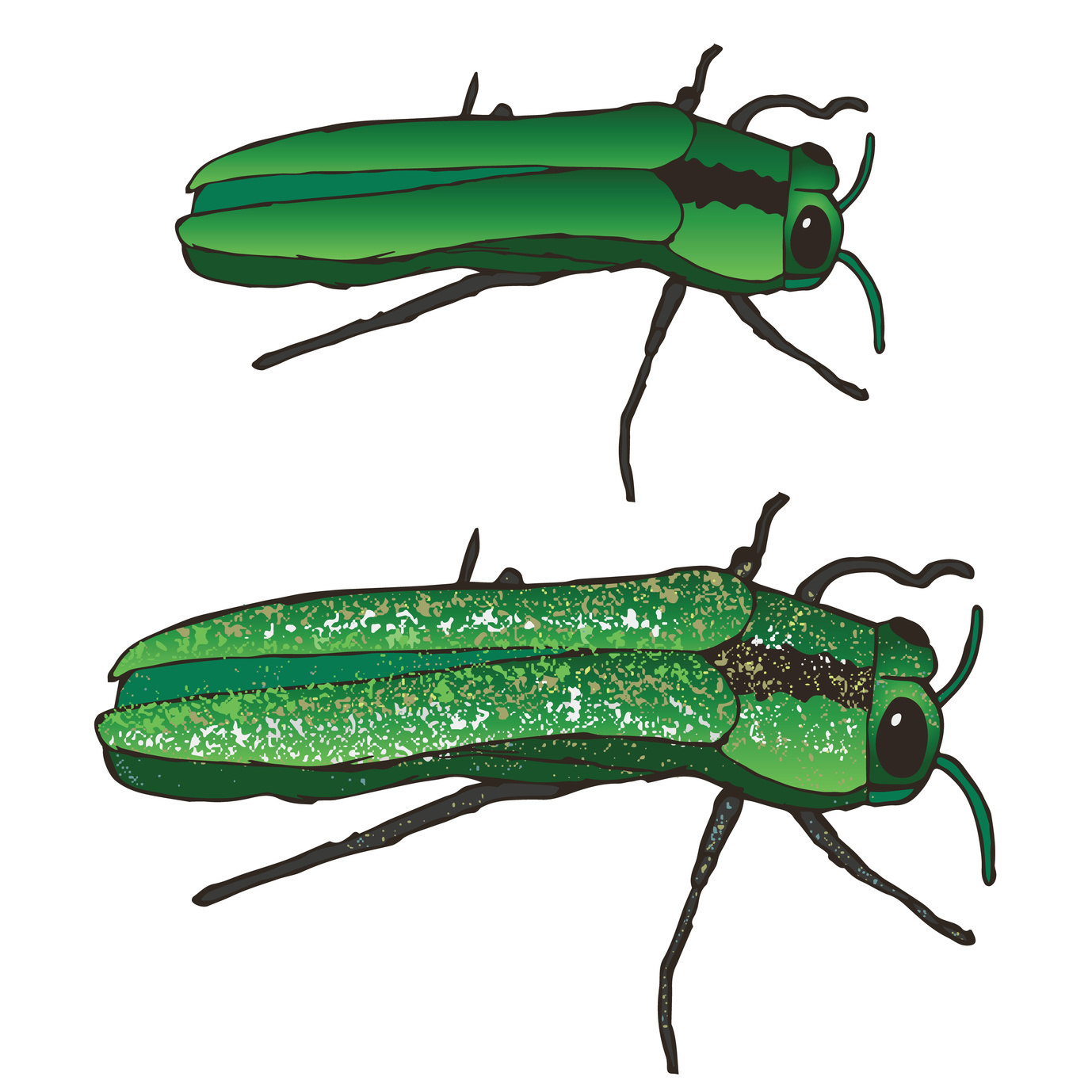Fall Care For Healthy Spring Lawns – Grass Over-seeding and Lawn Aeration Springfield MO
Chances are, most people who care about their lawn already regularly invest time, resources and money to keep it greener, thicker and healthier. Mowing regularly with blades set at least 3 inches or higher is one important aspect an owner can easily provide towards achieving desirable beauty and health, but other aspects are often better left to an expert. As fall approaches, core lawn aeration and grass over-seeding are two other important actions that are often overlooked, yet two of the best chemical-free ways to improve the overall health and appearance of your lawn.
Core lawn aeration is the process of removing small plugs of soil and thatch from the lawn area. A stronger root system with more nutrient storage capacity translates into a greener and healthier lawn, including natural weed control and pest prevention. Two important reasons for regular core aeration are thatch decomposition and soil compaction relief.
Thatch is the decaying area of material between the soil and the green part of your grass. Some thatch area is normal and good; however, half an inch or more is not! It prevents light, water, air and vital nutrients from getting deeper to the root area of your lawn. Some problems created by excess thatch are shallow roots, increased susceptibility to disease and insect-related problems, more frequent need of water, and less tolerance to heat and drought. Simply put, core aeration promotes the breakdown of the thatch layer.
Soil compaction is the natural process of settling that occurs in soil. This is a particular problem when soil is clay based, as it generally is in many areas of Missouri. Compaction also is compounded in lawn areas that endure heavy usage or foot traffic by people, pets, vehicles or machinery, and in times of low moisture or drought. Many lawns suffer from compaction and heavy thatch following drought.
When soil is compacted, water runs off the top more easily, air and nutrients are unable to reach into the soil as deeply, and it is a difficult environment for turf roots to expand and strengthen. Fall core aeration provides an enhanced opportunity for root development during the time of year when lawns are instinctively working to establish a more vigorous root system. The holes created through core aeration allow turf roots to more easily expand during this stage of root development.
Grass over-seeding is simply the spreading of new seed over the lawn area after core aerating. As the plugs of soil on the lawn’s surface break down, they come in contact with and protect the new seed. Other seed finds a safe place in the empty plugholes and, in a few weeks, you have new grass establishing itself in your lawn. It is important to overseed evenly to avoid a patchwork quilt appearance of varied colors or turf varieties. Spring and fall provide the best environment for seed due to favorable temperatures and moisture, which are important for germination.
Most lawns benefit from annual core lawn aeration. Spring and fall are both ideal times to core aerate and overseed. In spring, we recommend aerating between March and May. In fall, we aerate between September and November. Core aeration before or at the time of late-season fertilization enhances root growth and improves spring green up.
After aeration, your lawn should also be able to go longer between moisture without showing signs of wilt. With repeat aerations over time, your lawn will show enhanced heat and drought stress tolerance. Lawns that receive annual core aerations will be healthier, more vigorous, easier to maintain and less susceptible to pest problems.








